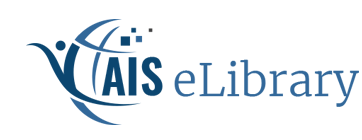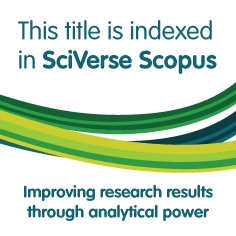
Abstract
The amount of information being collected and stored electronically continues to increase as does the need to share this data among disparate applications and non-compatible computer systems. The eXtensible Markup Language (XML) was introduced to meet this challenge by providing a standardized way to exchange data. XML is being adopted rapidly, and is positioned to thrive in the electronic marketplace. A main premise behind Microsoft's .Net strategy and the recent release of Sun's J2EE platform is the belief that XML marks a turning point in the evolution of the Internet and computing architectures. The power behind XML is its simplicity; however there is still much confusion about this technology. XML will evolve as its structure, its strengths, its weaknesses, and how it can be used more effectively are better understood. This paper includes an overview of XML and XML specifications and corresponding components, technical implementation requirements, the development of schemas for defining industry standard data definitions, a scenario employing XML technologies, and a discussion of the potential impact of XML on information systems.
DOI
10.17705/1CAIS.00907
Recommended Citation
Murray, M. (2002). Using the Extensible Markup Language (XML) As a Medium for Data Exchange. Communications of the Association for Information Systems, 9, pp-pp. https://doi.org/10.17705/1CAIS.00907
When commenting on articles, please be friendly, welcoming, respectful and abide by the AIS eLibrary Discussion Thread Code of Conduct posted here.


